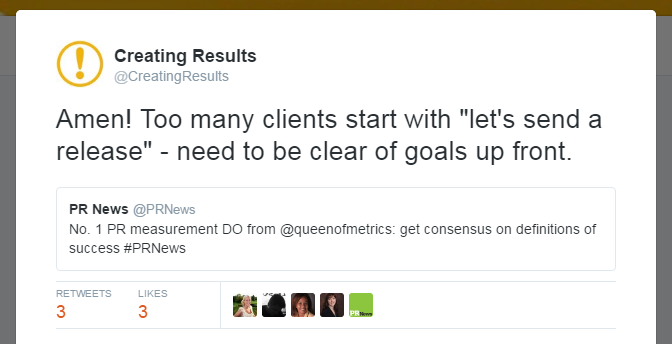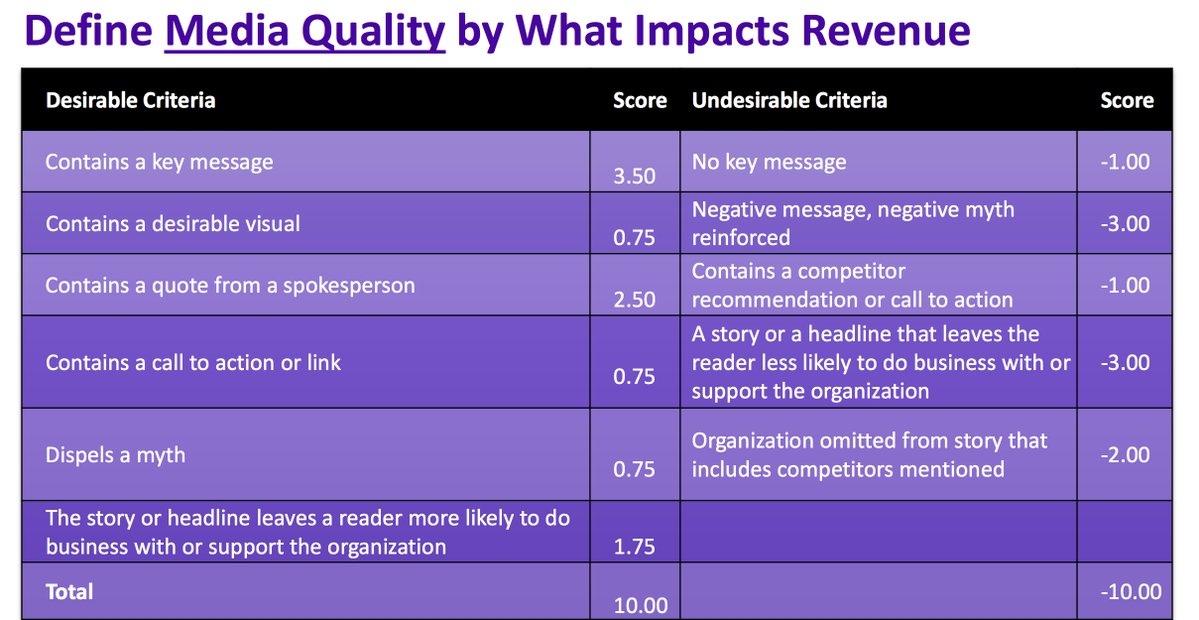Happy Monday! Every week, we recap the most engaging mature marketing content from the previous week.
For this Monday’s round-up, public relations icon Katie Delahaye Paine was the featured speaker last week at a half-day event hosted by PRNews where she discussed the making of a worthy Press Release and how to measure it in a world that is CONSTANTLY communicating.
And then, Jane Gross writes about the realities (even the harsh ones) of getting older and deciding to move to a continuing care retirement community.
Most Shared: Consensus on Success Leads to More Successful Press Releases
Clarity please! Our clients love a good press release, however as marketers we know that we should only be pushing “worthy” releases if we want success with media outlets.
Last week PR Measurement Queen Katie Paine was the featured speaker at a half-day event hosted by PRNews. There she stressed the importance of having clear goals – all team members must ask “What exactly are we trying to accomplish”? With a clear goal in mind, you should decide what are the correct metrics, the best way to measure the success of each initiative.
Creating Results has been practicing Ms. Paine’s advice in terms of advance goal and metric determination with our clients for years. We do this with the Relevant Creativity™ process.* During the “discovery” phase, we collaborate with our clients to define business goals and target audiences for each goal. Our experience has been that this type of conversation prevents pushing out releases that aren’t “worthy” of media coverage and/or aren’t going to help us meet objectives.
Ms. Paine is constantly pushing the communications industry forward. For those who have even more questions (as we all do in terms of PR measurement), she provided a resource: the “6-Step System for Prefect Measurement”. For example, her advice on defining media quality includes suggested scoring:
For a recap of Katie Paine’s speech, click here.
RELATED: 2010 (!) newsletter article, “Debunking 4 Myths About Public Relations.”
Most Clicked: “I knew it was responsible to plan for my old age. So why did I keep crying?”
Acceptance of aging is challenging, whether it is our parents who are aging or we ourselves are coming to critical decision points.
Many who have watched their parents age have seen them go through a continuum of care. They do so in a variety of settings, including their own homes, an adult child’s home or a continuing care retirement community (aka CCRC) like the ones that Creating Results markets.
- First, they may be older but it’s no big deal – mom and dad can basically take care of themselves. (In a CCRC, that’s “Independent Living.”)
- Then a few years go by, you notice that they need a little more help with the cooking and cleaning. It’s still not that scary; they’re sharp as tacks. but peace of mind would be nice. Either a family member steps up or paid help is brought in. (In a CCRC, it means a transition to Assisted Living.)
- As more time goes by they may suffer from more significant health needs or even dementia. At this point, almost all families realize the benefit of living in a community that offers skilled nursing and Memory Care. For far too many it’s too late to make the move.
This is a cycle that many of us have gone through or will with our parents. However, many of also seem to think that it will never happen to us. We are younger than our parents were at the same age … Right?
This was the case for our Most Clicked story from this past week when Jane Gross discussed coming to terms with the potential reality of not being able to live on her own forever.
Gross is a talented writer and the former editor of The New York Times’ “New Old Age” column. She reports on her own journey and doesn’t hold back on the emotional impact.
Gross’ article makes it clear how emotional a decision this is, an insight that those marketing senior living (including CCRCs) need.
Honor those feelings while you note the benefits of planning for retirement. Don’t minimize how hard it is to come to grips with aging, and the fear of becoming dependent. Use your marketing materials — email, website, blog and more — to not just educate but to empathize with prospects.




